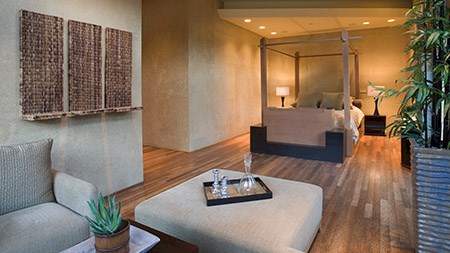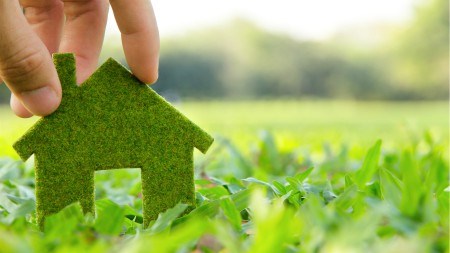Granite countertops and laminate flooring are so 2009. The hot finishes this year are solar panels, boreholes and whatever else will help you to save energy, water and money in your home. Going green is not only good for the planet. It’s good for your pocket. By making your home more energy efficient, you’re also making it that much more attractive to future buyers.
Buyers are becoming increasingly environmentally conscious
According to Berry Everitt, the CEO of the Chas Everitt International property group, the sort of features buyers are looking for include roof insulation, double glazing, solar or gas geysers, prepaid electricity metres, boreholes, drip irrigation systems and rainwater storage tanks – “anything that helps to cut household power and water consumption”. So what will it cost you to include some of these features – and what kind of savings and long-term benefits can you expect? Lucien Power is a registered plumber and Eskom-accredited solar panel installer. Power, who owns Solar Powers in Cape Town, says solar panel installation now constitutes the bulk of his work. “With Eskom having increased its target for the number of solar systems to be installed this year from 35 000 to 250 000, the demand is high,” he says. Financially stressed homeowners are no doubt also keen to cash in on the rebates being offered by Eskom. Depending on the size of your geyser, you can get between R2300 and R12500 back for going solar. Eskom has said these rebates will decrease over the next few years in line with price hikes. So what’s the damage? It depends on the size geyser you go for, says Power. “I recently installed a 200-litre system for a client in Franschhoek: the upfront cost was R20 825 and the rebate on this system is R6461. So the total cost to the client was R14364, after the rebate.” The saving over the long term is of course where the big benefit lies. “Your geyser accounts for a third of your electricity bill. You can save 70% of that cost by installing a pumped system or 75% by installing a Thermosiphon system, which works on natural convection. So if your electricity bill is R900 a month you can save R210 a month by putting in a pumped system or R225 a month using a Thermosiphon system.” Power says you can now convert any existing geyser and qualify for a rebate.
Solar tips
He offers the following tips to consumers considering going solar:
When choosing a geyser size, work on 50 litres of water per person. Consider it an investment, so rather up size according to the size of the property than the number of occupants in the house at present.
It’s often cheaper to install a new system (geyser, collector, pump, controller) than to retro fit your existing geyser.
Use an approved Eskom supplier and installer. There are a lot of people offering cheaper systems which haven’t gone through the stringent quality controls.
For a more accurate quote, ask your plumber to do a site visit.
Take advantage of Eskom’s rebates now before they are reduced.
Get water wise
South Africa is chronically water-stressed. According to a top official at Johannesburg Water, within the next five years demand for water will have caught up with supply. At a water security conference last year, experts stressed the need to curb demand and facilitate reuse. Given that about 80% of water can be reused, grey water systems are also becoming increasingly popular. Neil Ardé is a landscape technologist and the proprietor of Red Root Landscapes in Cape Town. He says these systems are a great conservation option. “You must remember that this water must be used in the garden within about 24 hours in order to avoid bacteria build up.” Indigenous gardening is also big money-saver. “Rooting out aliens and placing them with indigenous plants makes your garden more water wise and bird-friendly. Indigenous plants are generally more resilient to dry spells than exotic species. If planted in the correct position which suits their natural setting, they will provide many years of enjoyment. By going indigenous a garden shifts from becoming a visual experience to a sensory experience, attracting many interesting insects, birdlife, and other wildlife.” Borehole water and rainwater are also preferable to costly municipal water. “An irrigation system is an investment in your property. But the environmentally sensible thing to do when installing one is to channel water from roofs and driveways to water storage tanks.” One option that is initially costly, but seriously sustainable in the long run is sinking a borehole, says Ardé. “A borehole specialist will be able to tell you what the ground water is like in your area. Interestingly, borehole water is usually of a superior quality to municipal water.”



